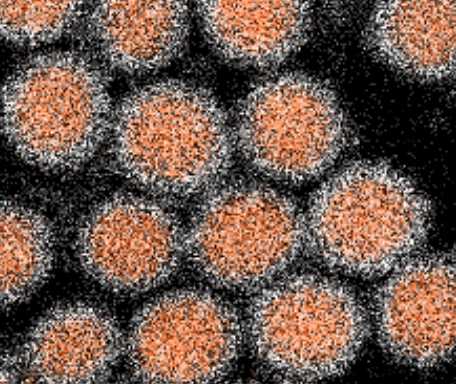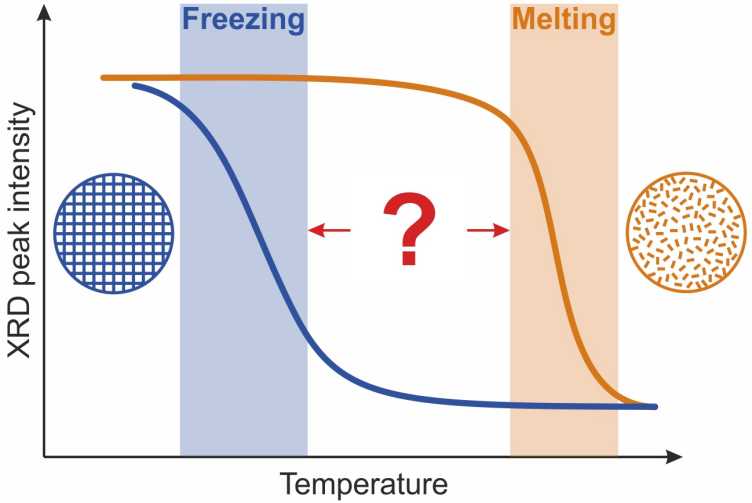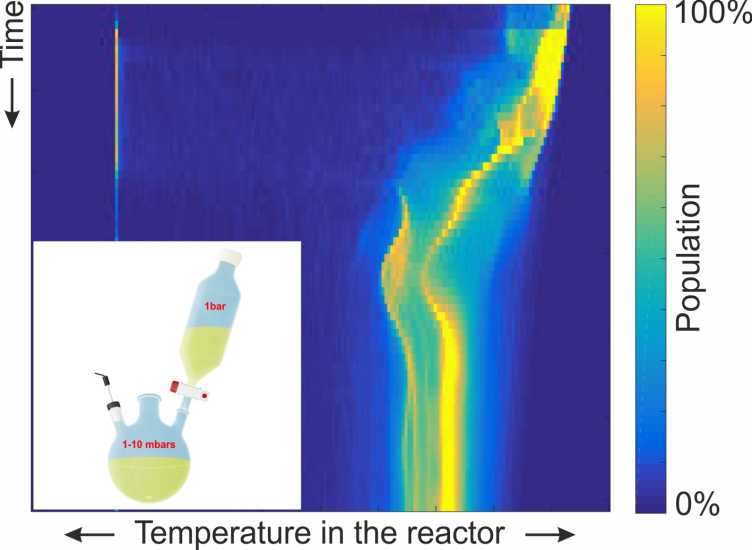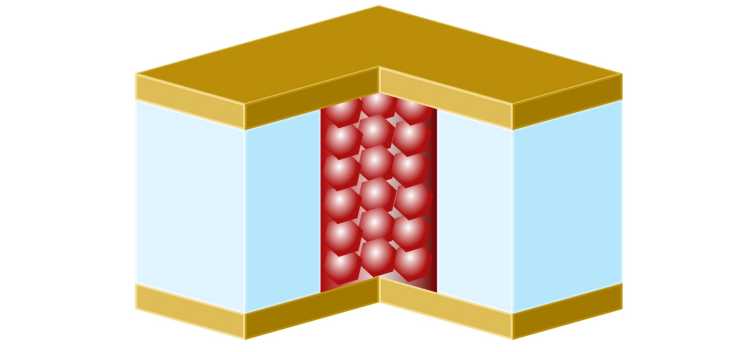Open Master and Semester Projects
Synthesizing Novel Nanocrystals

Colloidal nanocrystals are one of the most exciting objects for fundamental and use-inspired research. Size-dependent properties, template-free nature and high specific surface are among highlights of nanoscale colloids. Our group focuses on multicomponent semiconductor and intermetallic nanocrystals, many of which have never been synthesized so far. So we always need a pair of hands to carry out a systematic liquid-phase synthesis of new nanocrystals, aiming excellent size uniformity and separate control over size and composition for each material set.
Studying Supercooled State of Nanoparticles

Phase transitions (PTs) attain size dependence for small nanoparticles, which unlocks immense opportunities for phase-switching memory, sensors, and plasmonics. While the melting point decreases moderately for small-size nanoparticles, the freezing PT is pushed to ever lower temperatures. This enables the supercooled state of nanoparticles up to 100K below the melting PT. The aim of this project is to study the supercooled state of metallic nanoparticles using high-temperature X-ray diffraction and automated analysis tool. It's, literally, a super-cool project.
Simulating Mixing Dynamics of Liquids

A synthetic challenge for all colloidal nanocrystals is to increase a chemical yield of batch reaction to the 100 g scale, while the quality of product (the uniformity of nanocrystals' size, shape, and composition) is not compromised. Since the reaction is often triggered by fast mixing of two liquids, it is highly important to study the mixing dynamics as a function of reactor size and geometry, agitation type and velocity, injection volume and time, etc. The aim of this proposal is to design an optimal scale-up reactor, using COMSOL CFD Module simulations, followed by experimental validation.
Testing Memory Devices

Non-volatile phase-change memory (PCM) devices are build on crystallization and melting phase transitions, due to local Joule heating of chalcogenide material, sandwiched between two electrodes. The task of this project is to fabricate and measure the switching characteristics of PCM devices, in which the PCM layer is built from nanoparticle inks. The advantage of nanoparticle-based PCM devices is an easy liquid-based fabrication and large material diversity in respect to cumbersome sputtering of PCM layers.
